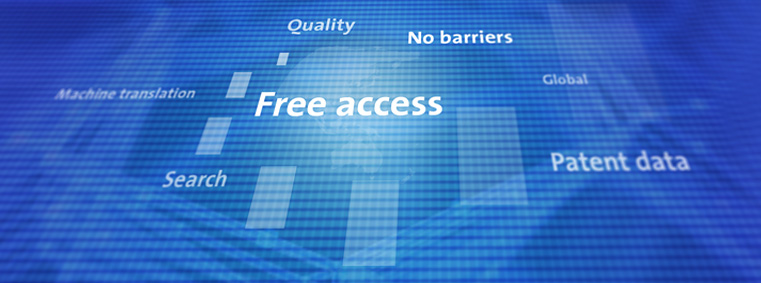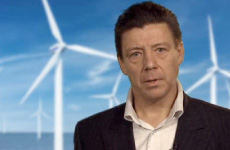
Patent information is central to technological innovation. Scientists and engineers can read patents published by other inventors in their field, building on the solutions of their predecessors to develop improved processes and products. This wealth of information leads to better research and hence better inventions, which in turn lead to better patents. The databases support not only R&D, but also help companies make the right strategic decisions about market trends, potential partners, suppliers, customers and rivals.
For examiners, whose vital task is to ensure the scope of patent applications only to what is truly new and inventive, information from previous patents shows what is already known anywhere else in the world and therefore no longer patentable. So for examiners to ensure patents of the highest quality, they must have access to the most comprehensive collection of documents as well as the tools to identify the most relevant.
During 2012, the EPO has concluded more agreements with key patent offices from around the world with regard to sharing patent data than ever before. Deals with the IP offices of China, Japan, Korea, Brazil, Russia and several others have led to the inclusion of their patent archives into the EPO's own vast database of over 80 million documents. This has magnified the power of the EPO search, already recognised by users as having the highest quality.

With databases filled with documents from all over the world, it is inevitable that the majority of patent documents will be "foreign". Language is the last barrier to patent information, but technology is solving this too! By teaming up with Google, the EPO's Patent Translate service now provides free, instant on-the-fly machine translation into English from Chinese and over a dozen European languages.

As the internet provides access to more documents from around the world, searches get harder not easier, because a searcher is exposed to many more potentially relevant documents than ever before. Classification systems - categorisations for inventions - attempt to bring order to chaos. As particular technologies develop so do the number of documents, and so more categories are needed to define the diverse innovations. Examiners around the world are engaged in a seemingly endless battle to reclassify an ever-expanding mountain of documents as human knowledge multiplies.
By combining the best features of the EPO classification system (ECLA), with that used in the United States Patent and Trademark Office, there is now an extensive, robust and evolving indexing scheme for all fields of technology, making it easier to focus any search on particular inventive features. This new Co-operative Patent Classification has already been adopted within Espacenet with a friendly interface to make searching easier and more effective for non-experts. The scheme is being shared with our partner patent offices to encourage its adoption as a worldwide standard, as part of the global harmonisation of patent systems.
 Finding sustainable technologies in patents
Finding sustainable technologies in patents
A further improvement in classification in the last year has been the expansion of the "Y" scheme, pioneered by the EPO and dedicated to those technologies specific to mitigating climate change - from clean energy and smart grids to low carbon construction materials and carbon capture. For scientists working in these vital technologies our new classification tools help them find the most relevant documents fast.
With so much more information in the databases, better classified to facilitate effective retrieval and supported by sophisticated free instant translation tools to aid comprehension, patent information can really be said to have "come of age". Inventors and applicants have access to the best databases to help them make informed decisions about what to develop and protect. Examiners - at the EPO and at numerous other offices utilising our systems - benefit as well by having superior tools for assessing the novelty and inventiveness of patent applications. For the applicant and the office this leads to higher quality, both for applications received and granted patents issued. This is surely a good thing for society and the economy as a whole.